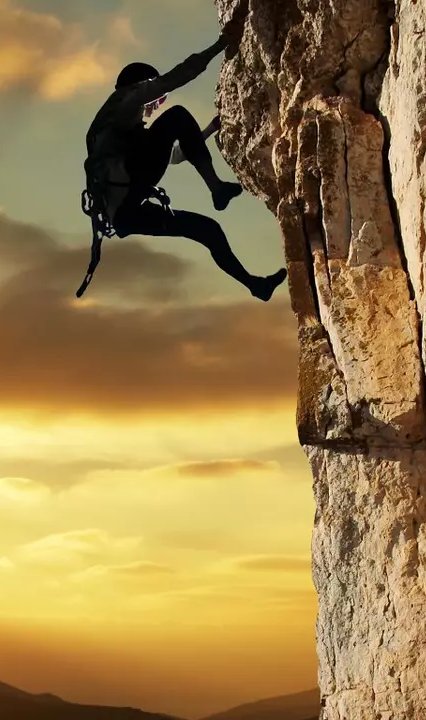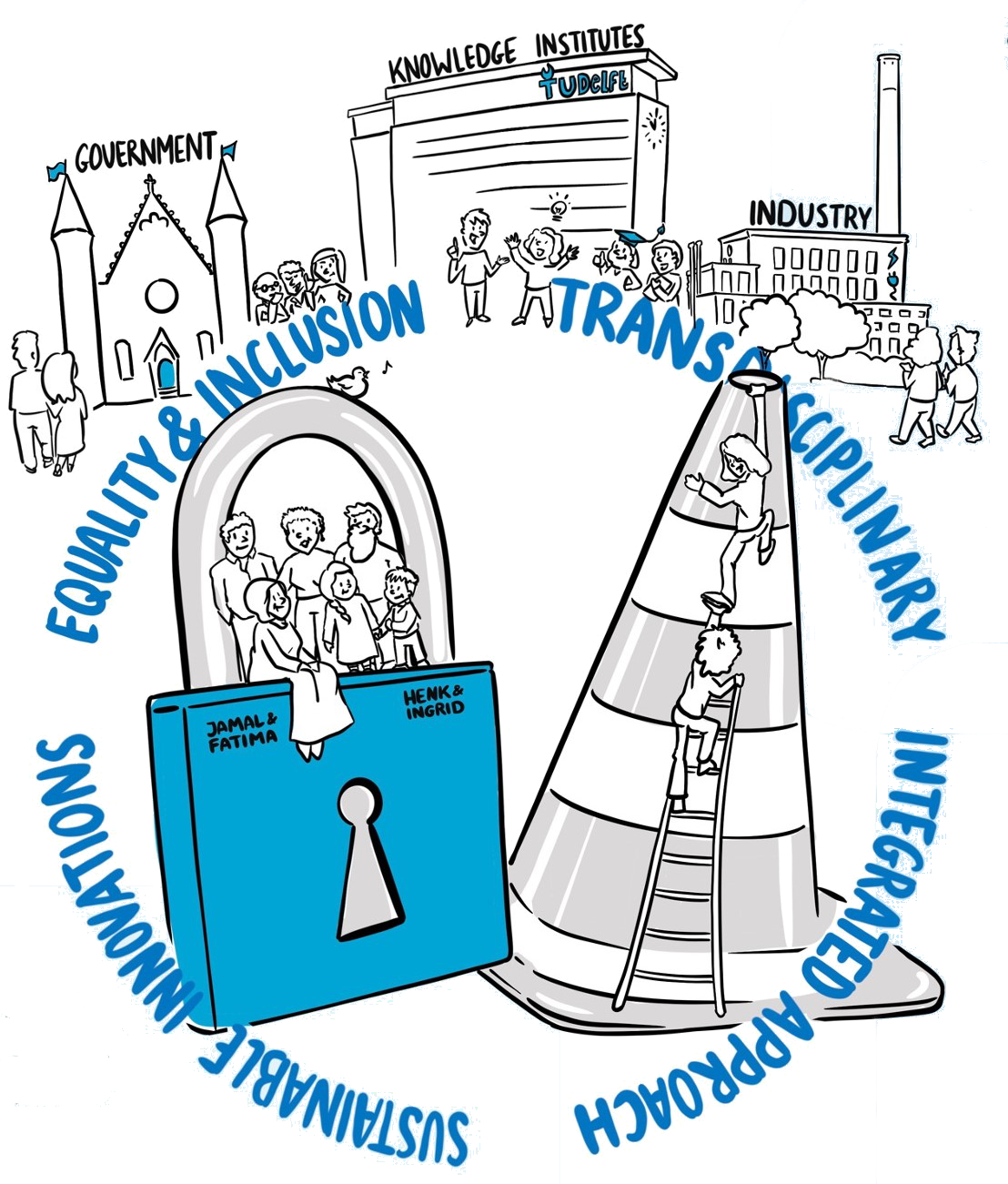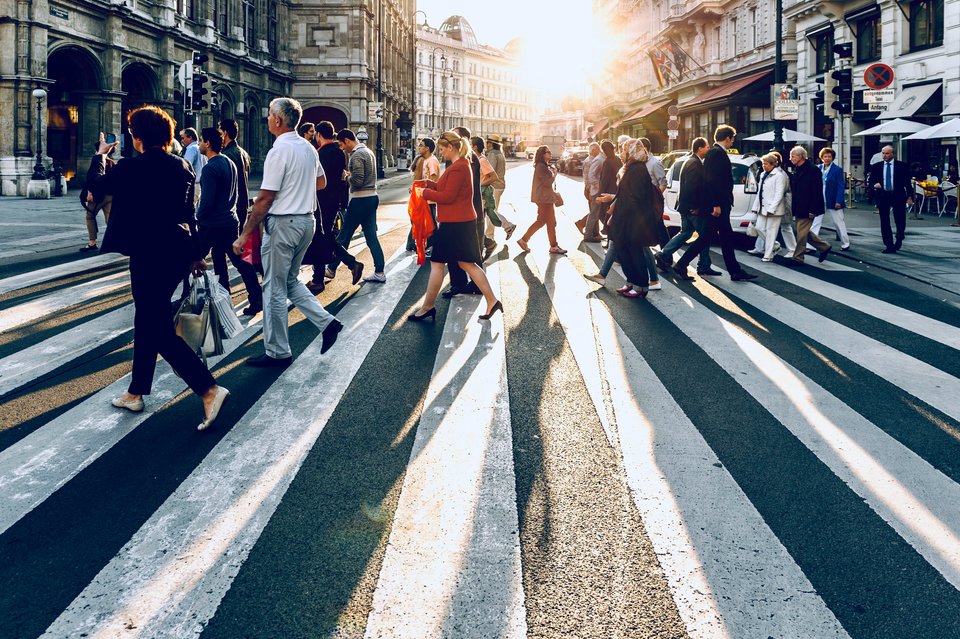Research
The challenge: a thoughtful integration of safety & security

In today’s world, safety and security are not a straightforward issues. Someone’s increased safety may be somebody else’s diminishing safety. Safer car constructions will for example protect passengers, but may at the same time pose a larger threat to pedestrians and cyclists if the driver’s feeling of safety leads him to drive riskier. Safety could furthermore be at odds with other important engineering requirements, like sustainability. Plentiful camera’s in public spaces, to give another example of potential value conflicts, enhance some people’s feeling of security but invoke privacy concerns.
Under traditional approaches, engineers tend to focus on safety issues with the design and its intended use, rather than the security questions that arise from the design’s vulnerability to abuse. Yet this is no longer tenable. For example, as cars are becoming computers on wheels, security risks become an issue as well. The development of autonomous vehicles adds even more challenges to this research field. Seemingly impenetrable firewalls could encourage sloppy password management which can be exploited by hackers. The well-developed structures of strong dikes might not be as resilient as expected if the flood defence system is hackable. And, how is the science of infectious diseases affected by the risk of spreading of viruses by malicious actors?
Safety and security therefore both need thorough reflection and need to be integrated into the engineering process from the early days of impact assessment, until design, development and production. A contemporary, thoughtful engineering process calls for, amongst others, new, transdisciplinary design methods and a wider understanding of stakeholdership.
These nascent insights still need a lot of research and innovation. The Delft Safety and Security Institute aims to be at the forefront of these developments.
Safety
relates to unintentional threats caused by natural disasters and unintentional human behaviour, such as technical failures and human error.
Security
relates to intentional threats caused by intentional human behaviour, such as sabotage, crime, fraud and terrorism.
Safety & security science
concerns the scientific analysis of undesired events resulting from either unintentional threats (safety) or intentional threats (security)
Our approach
We aim to:
- Promote an integrated approach to safety & security concerns. As physical infrastructures and products become more and more integrated with digital technologies and networks, this is now more important than ever.
- Pay attention to equality & inclusion. For example do certain groups in society have a larger digital vulnerability than others? Are safety measures and features accessible to all? How are the risks and benefits of flood prevention measure spread over different groups?
- Work transdisciplinary. We aim to connect academic researchers, policy makers, people working in industry and societal stakeholders to arrive at the best safety & security insights and solutions.
- Keep sustainability in mind. Can the values of safety and security be realized while also providing solutions that are sustainable, both over time and in an ecological sense?



